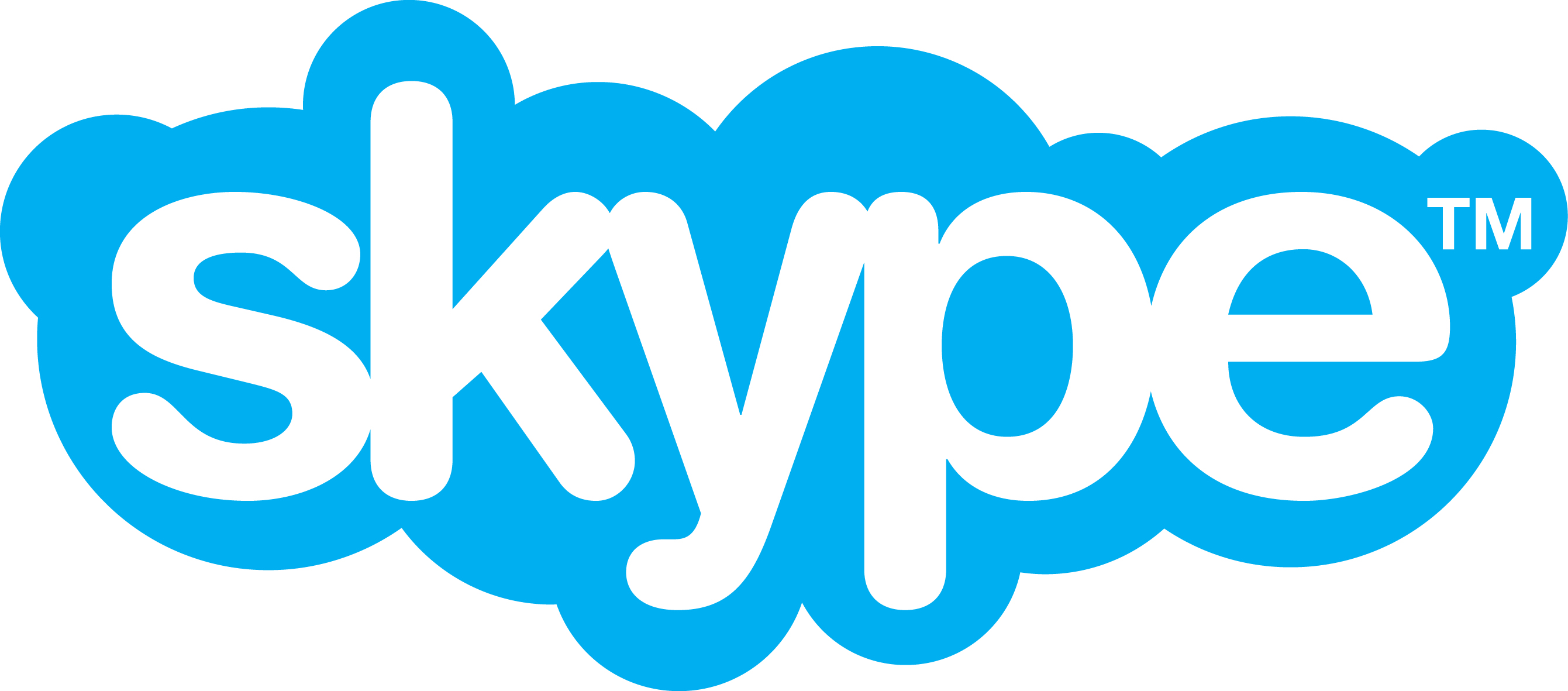Skype Group Video Calling Drives Innovation in the Classroom

Skype Group Video Calling Drives Innovation in the Classroom
Known for more than just their exceptional basketball team, Marquette University in Milwaukee, Wisconsin has long been ranked among the top research universities in the country with acclaimed programs in Business, Nursing and Physical Therapy. One common thread that continues to put Marquette ahead of the curve is their pioneering use of technology – like Skype – in their classrooms. I had the opportunity to chat with Nicholas La Joie, Marquette’s Media Specialist, about how Skype has allowed students to reach beyond the confines of their classroom and interface with experts and peers alike all across the world.
It all began back in 2007, when the university’s International Studies department was looking for a way for their students practice language with native speaking students through a cultural exchange program. Nicholas immediately thought of Skype: he and his team set up a Skype-equipped computer in a Spanish language classroom and they began chatting in English and Spanish with students at their sister school in Columbia, South America. As the semester progressed, the value of these conversations was apparent, as language fluency was improving for students in both countries. The International Students department was able to get funding for a Skype lab and amend the program so that each student had a speaking partner whom they conversed with on a daily basis.
Each semester since, a new group of students enter the Skype-enabled language lab, a little weary of what to expect. They begin by laughing, making funny faces and looking at themselves on the screen, and by the end of the course they’re so comfortable that they’re not even aware that there’s a monitor and thousands of miles between them. “I remember once it was right around the holidays and the Spanish department was chatting with a school in Mexico City,” said La Joie. “All of the students were singing Christmas songs together in both English and Spanish; it was almost like they were in the same room. That was an eye-opening moment for me.”
Another memorable moment came when students in another department were chatting with a priest in the Vatican in Rome. Everything was going smoothly until suddenly the screen went black. Everyone scrambled to see if something had come unplugged or the connection had been lost, but it turned out that wasn’t the case. The maintenance person at the Vatican, not knowing someone was still there, had turned off the lights and left the priest in the dark! While students stood by the priest poked around in the dark looking for a light switch before resuming the call.
When Skype Group Video Calling became available, La Joie and the Marquette media team quickly jumped on the opportunity to use it. Suddenly they were able to connect with multiple people, host panels and essentially bring individuals from all over the world into the classroom all at once.
A few weeks ago, La Joie hosted a call that took place in Marquette’s Communication Department. The professor who normally teaches the program has been in Italy for the past month. She wanted to continue to teach her course and on that day, bring in a far flung guest expert as well. And just like that Milwaukee, Italy and the expert in Sweden were together on a call. Using group screen sharing, they were even able to review the same documents as they would if they were in the same room together.
Marquette University is a great example of how using Skype in the Classroom can enrich the lives of students by introducing them to people and cultures they have only ever read about. If you’re a teacher interested in using Skype in your classroom? We’re now offering free group video calling to all educators – sign up for our Skype in the classroom community and get more information here: https://education.skype.com/.

